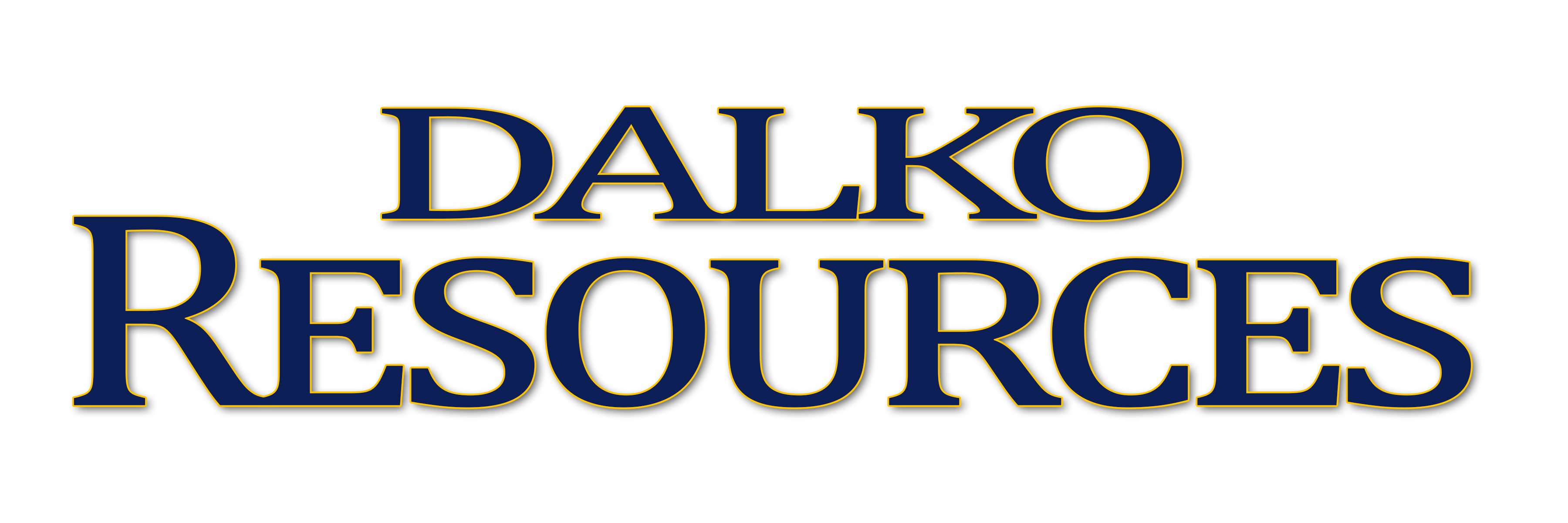
Origin
The Fourth of July was traditionally celebrated as America’s birthday, but the idea of an annual day specifically celebrating the Flag is believed to have first originated in 1885.
BJ Cigrand, a schoolteacher, arranged for the pupils in the Fredonia, Wisconsin Public School, District 6, to observe June 14 (the 108th anniversary of the official adoption of The Stars and Stripes) as ‘Flag Birthday’.
In numerous magazines and newspaper articles and public addresses over the following years, Cigrand continued to enthusiastically advocate the observance of June 14 as ‘Flag Birthday’, or ‘Flag Day’.
Fun Facts
- Flag Day occurs on June 14th every year, but it is not an official federal holiday.
- Even though it is not a federal holiday, many cities and towns hold festivals and parades to honor the American Flag.
- Flag Day was originally the celebration of the adoption of United States Flag.
- In 1916, President Woodrow Wilson is recorded as officially setting June 14, as Flag Day. Even with Wilson’s act, on a federal level the holiday was not passed by Congress.
- Flag Day honors the American Flag and all its traditions. Historically, the story that Betsy Ross created the first flag has been passed down through the generations. However, it is actually believed that a United States Congressman named Francis Hopkinson created the first flag.
- The design of the American Flag was not made official until 1912. At that time, a governmental order adopted the current design.
- The nickname for the American Flag is the “Stars and Stripes.”
- The thirteen stripes on the flag represent the thirteen original colonies and the colors of the stripes, red and white, stand for the courage and purity of our nation. The stars stand for the fifty separate but united States of our nation.
- Over the past years the flag has changed 27 times. The last change was on July 4, 1960 to include the 50th state, Hawaii.
- There are many customs and traditions surrounding the American Flag. Flag Day is a day set aside to teach and remember the history and these customs and traditions/
Properly Display Our Flag
Care and handling of the American flag is steeped in tradition and respect. There is a right way and a wrong way to display the flag. This is called Flag Etiquette. The American flag should be held in the highest of regards. It represents our nation and the many people who gave their lives for our country and our flag. Here are the basics on displaying the American flag:
- The flag is normally flown from sunrise to sunset.
- In the morning, raise the flag briskly. At sunset, lower it slowly. Always, raise and lower it ceremoniously.
- The flag should not be flown at night without a light on it.
- The flag should not be flown in the rain or inclement weather.
- After a tragedy or death, the flag is flown at half staff for 30 days. It’s called “half staff” on land ,and “half mast” on a ship.
- When flown vertically on a pole, the stars and blue field , or “union”, is at the top and at the end of the pole (away from your house).
- The American flag is always flown at the top of the pole. Your state flag and other flags fly below it.
- The union is always on top. When displayed in print, the stars and blue field are always on the left.
- Never let your flag touch the ground, never…period.
- Fold your flag when storing. Don’t just stuff it in a drawer or box.
When your flag is old and has seen better days, it is time to retire it. Old flags should be burned or buried. Please do not throw it in the trash.

